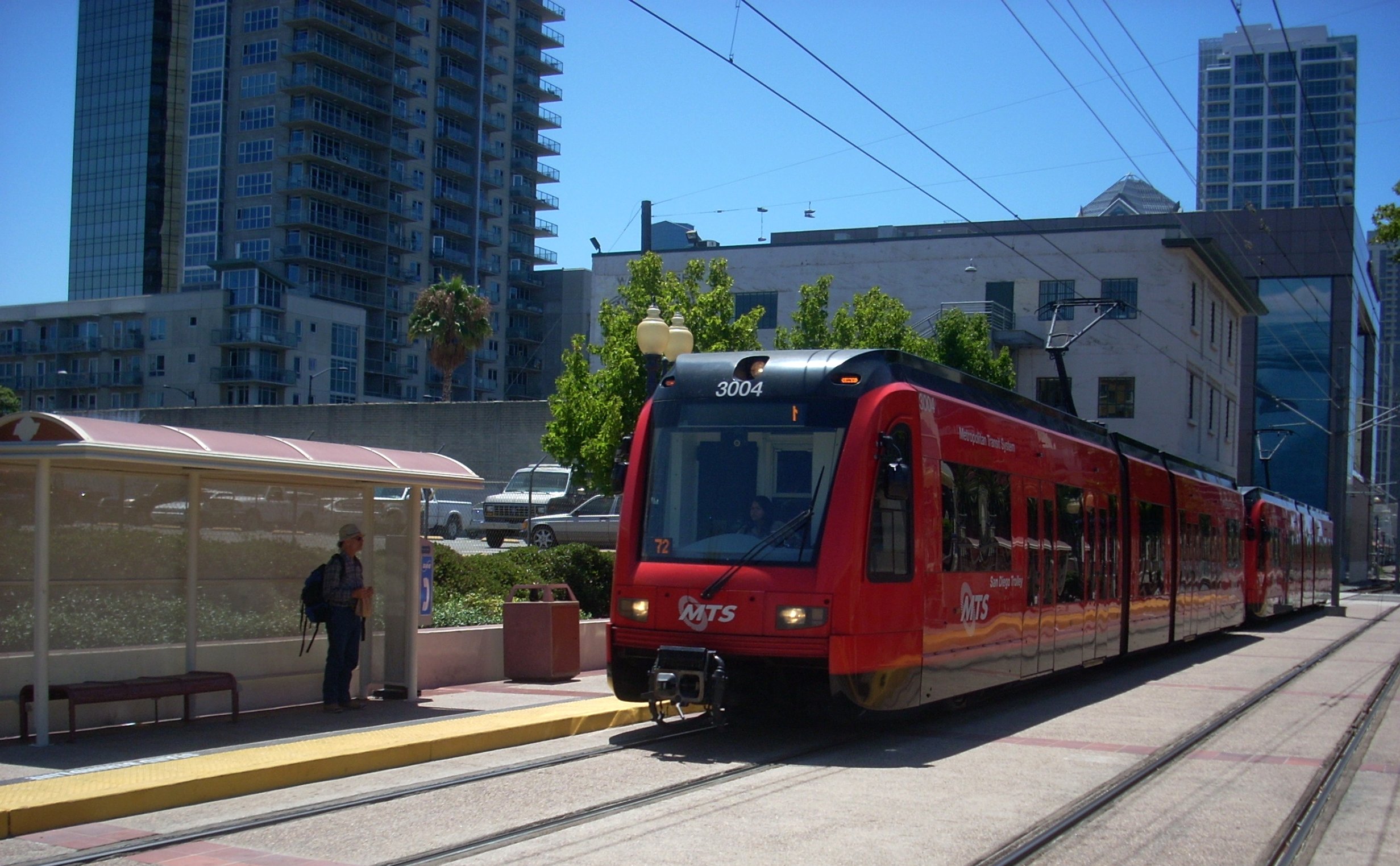
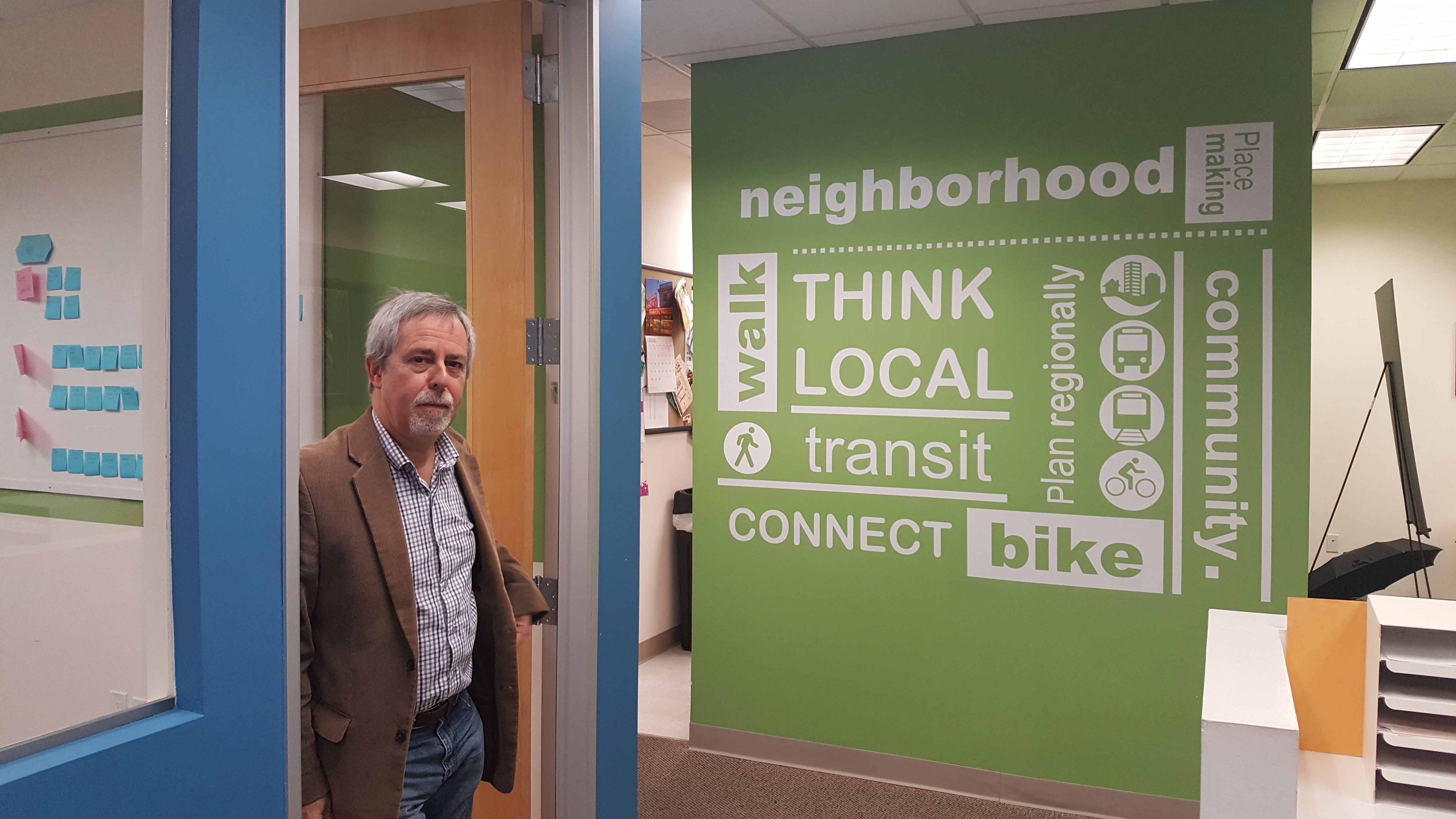
TransitCenter recently sat down with Jim Stone, executive director of Circulate San Diego. Circulate is an advocacy organization dedicated to creating better mobility choices in San Diego. In 2016, TransitCenter provided the organization with a grant to produce #PlanDiego, a report which highlights specific solutions the City should adopt to make transit oriented development more economical, affordable, and widespread. The report argues that without changes to its development protocols, San Diego is unlikely to meet its official transit usage or greenhouse emission goals.
Jim: Some people argue that our transportation system is more of a commuter system than a true public transit system. If you live in some of the outlying communities and neighborhoods you can take light rail—we call it “the trolley”—which is how I get to work. This system works fairly well if you happen to live or work in a place that’s fairly close to where the trolley stops, but for most people that’s not the case. So, certainly one of our abiding issues is “first mile, last mile.”
Another issue is an artifact of how our rail system was originally developed. They used mostly existing right-of-way, rather than connecting job centers and population centers. The beaches, the airport, Balboa Park: You can’t get to any of those places by light rail, even though Balboa Park attracts 12 million people a year. So the system has fundamental layout issues. And as the city has expanded further and further out, transit has become less and less effective.
Finally, another huge issue here is we don’t take advantage of the benefits that transit stations can offer. In a lot of cities, wherever there’s a light rail station, development follows. Here in San Diego, there are trolley stops with nothing but a few buildings around them and relatively low residential density. There’s even one in the town I live in where they put a big parking lot in and they ended up fencing off half the parking lot, because it was never used. You could build housing there, but it’s just sitting vacant.
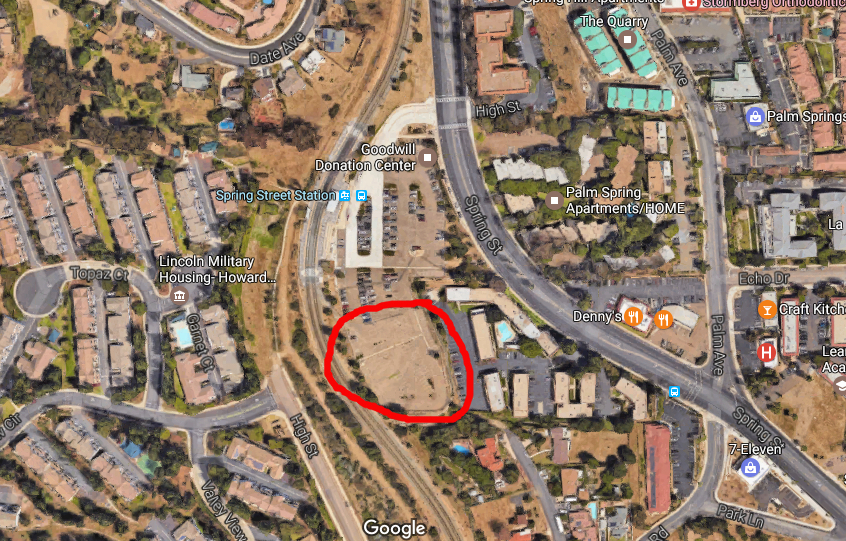
TransitCenter: You’ve called on San Diego and the region to make changes around to how they develop around transit stations. What do you think cities should be doing differently?
Jim: Transit-oriented development. That’s the paradigm, and we just published a paper on it. Increasing density around transit stops, mixed-use development, making sure the stations are very walkable, increasing the connectivity from outlying neighborhoods. We have to look not only at the development that might happen around a transit station, but at enhancing the connectivity to adjacent neighborhoods, so that we can get those neighborhoods connected to whatever goods and services, including transportation, are in these new transit centers.
TransitCenter: Are there specific problems in San Diego that transit-oriented development could help solve?
Jim: We have what’s been described as the most progressive climate action plan of any city in the US, and we’re really happy about that. It has some really aggressive mode-share goals, but we’re skeptical that those goals will be met unless these kinds of changes take place.
There are citywide policies that can be implemented that don’t rely on a neighborhood-by-neighborhood, project-by-project approach. Some people think, “Let’s just do this one project; let’s try and get this density in one project.” Maybe it seems like starting small will make it more manageable, but people in the neighborhood who are against it are going to zero in on that project, resulting in a huge amount of resistance.
Instead, if you put into place density bonuses for low-income housing, or parking reductions for certain things at the citywide level, you just don’t run into localized resistance. Then developers can build to a scale that’s going to actually support transit.
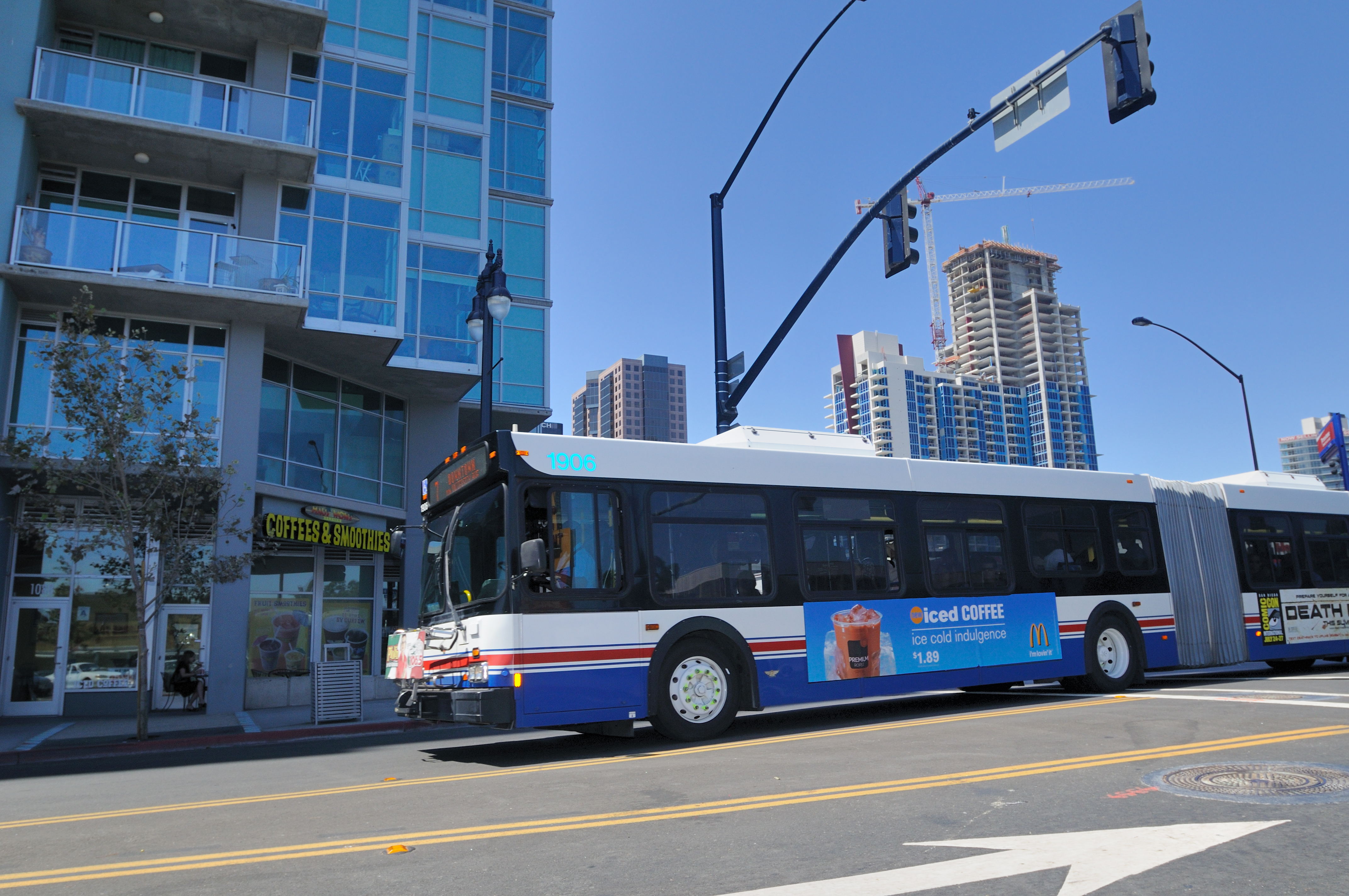
TransitCenter: Circulate San Diego has also been training citizens who want to join their local community planning group, correct?
Jim: Yes. Currently the discussion at the community planning group level tends to be comprised of people who aren’t necessarily knowledgeable about contemporary urban development.
We’re reaching out to people who are open-minded and progressive and want to make a difference in their neighborhood to let them know about these community planning groups. Not only are we introducing them to the groups, we’re also explaining how to get elected to them.
This year we’ll be offering training to existing members of the planning groups, where we’ll teach them what development done right can look like, how you can do infill and still preserve the quality of life in a neighborhood. I think that injecting some fresh ideas is going to be a positive thing all around.
TransitCenter: In some cities, there’s often the issue that the folks on the board are not actually representative of who lives in the neighborhood anymore. Are you seeing that dynamic in San Diego?
Jim: There are 52 of these groups and admittedly I haven’t been to a majority of them. But certainly there are a few neighborhoods that are very diverse, but the folks at the decision-making table are mostly older white people. I don’t think it’s any kind of insidious effort to keep diversity down—but then again, I don’t know that anybody’s making a concerted effort to get a more diverse group of people involved.
We’re working with the county’s Community Action Partnership, to reach out to members of underserved communities and encourage folks to get involved locally by providing training on how to join your community planning group. There’s also another county-wide effort called Communities of Excellence, CX3. Members of both of those groups tend to be very diverse, and we’re reaching out to get them involved in community planning groups.
I’d love to see this happen more broadly and have all the community planning groups start looking at everyone to their left and their right and saying “Are we really representing the neighborhood?”
TransitCenter: Is there anything else you think would be useful to talk about in the San Diego transit political scene?
Jim: A lot of the issues that we’re dealing with here aren’t so unique to San Diego. We talk about this being the car-centered capitol of the world, but I’ve talked to people in Atlanta who have said “we’re really car-oriented too.” We do know that people drive an awful lot here, and I think a lot of folks believe people drive because they want to. I’m not sure that’s actually true. I think they drive because they don’t have any other viable choices.
What I found, personally, is once I started using transit, I would much prefer to do that. And I’ve heard that same thing from a lot of other people. My opportunity came because I live a half-mile from a trolley station and I work 100 feet from a trolley station, so I’m a lucky guy in that respect. We have to make more people lucky by giving them more opportunities to use transit.
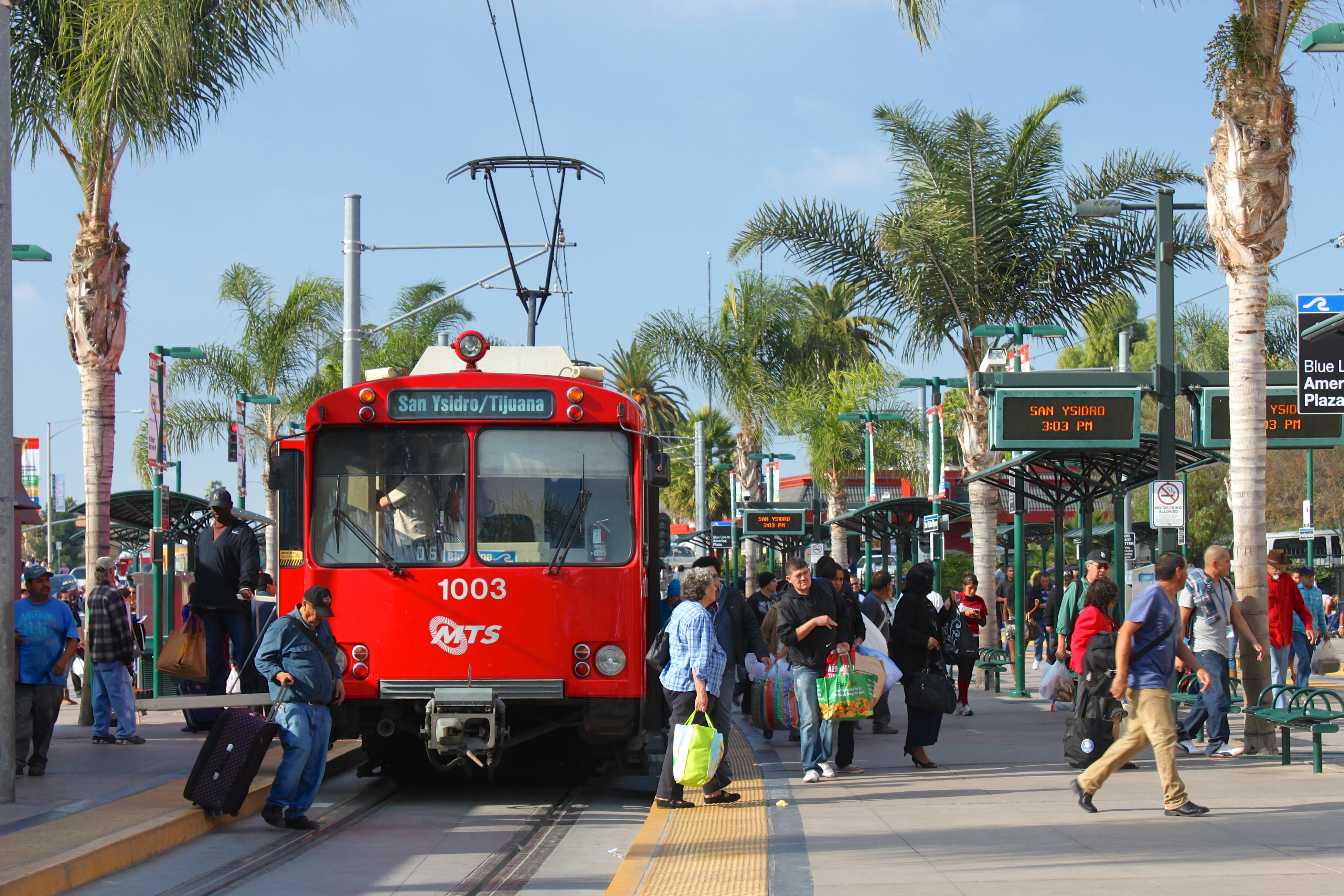
A San Diego trolley letting passengers off at the San Ysidro/Tijuana Transit Center
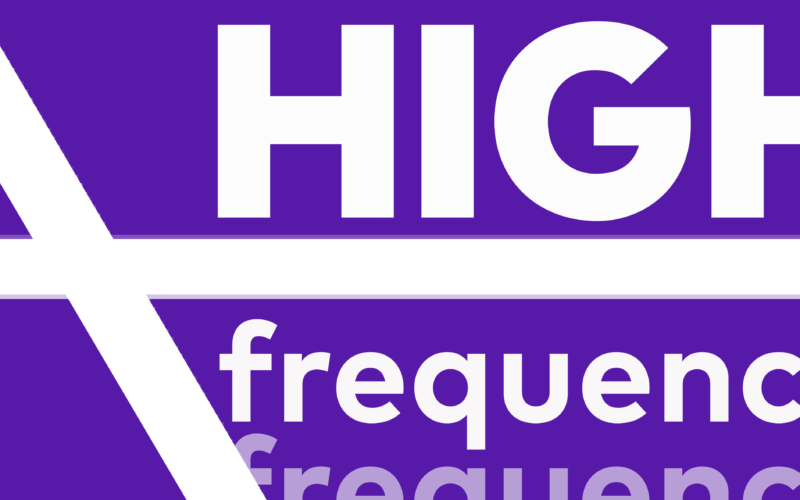 Introducing High Frequency, TransitCenter’s New Podcast!
Introducing High Frequency, TransitCenter’s New Podcast!
In our new podcast High Frequency, you’ll hear from the advocates, experts, and public officials working to improve American transit.
Read More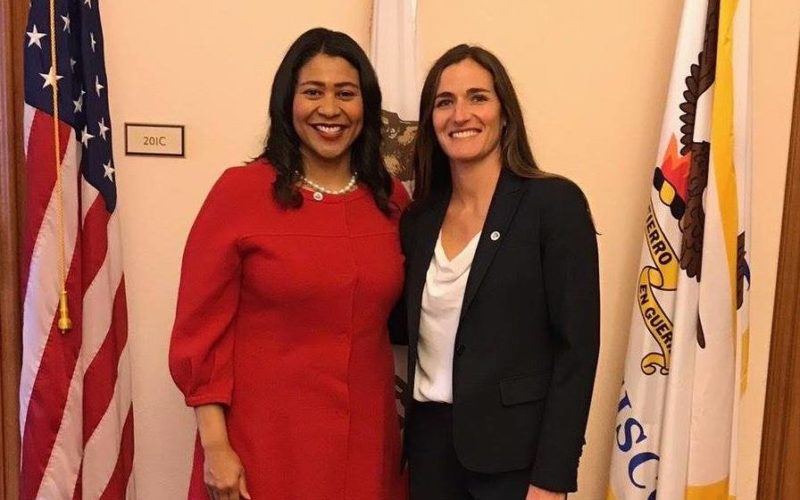 Who Rules Transit? An Interview With New SFMTA Board Member Amanda Eaken
Who Rules Transit? An Interview With New SFMTA Board Member Amanda Eaken
Some relief for San Francisco transit riders may be on the way with the appointment of Amanda Eaken to the SFMTA Board of Directors.
Read More